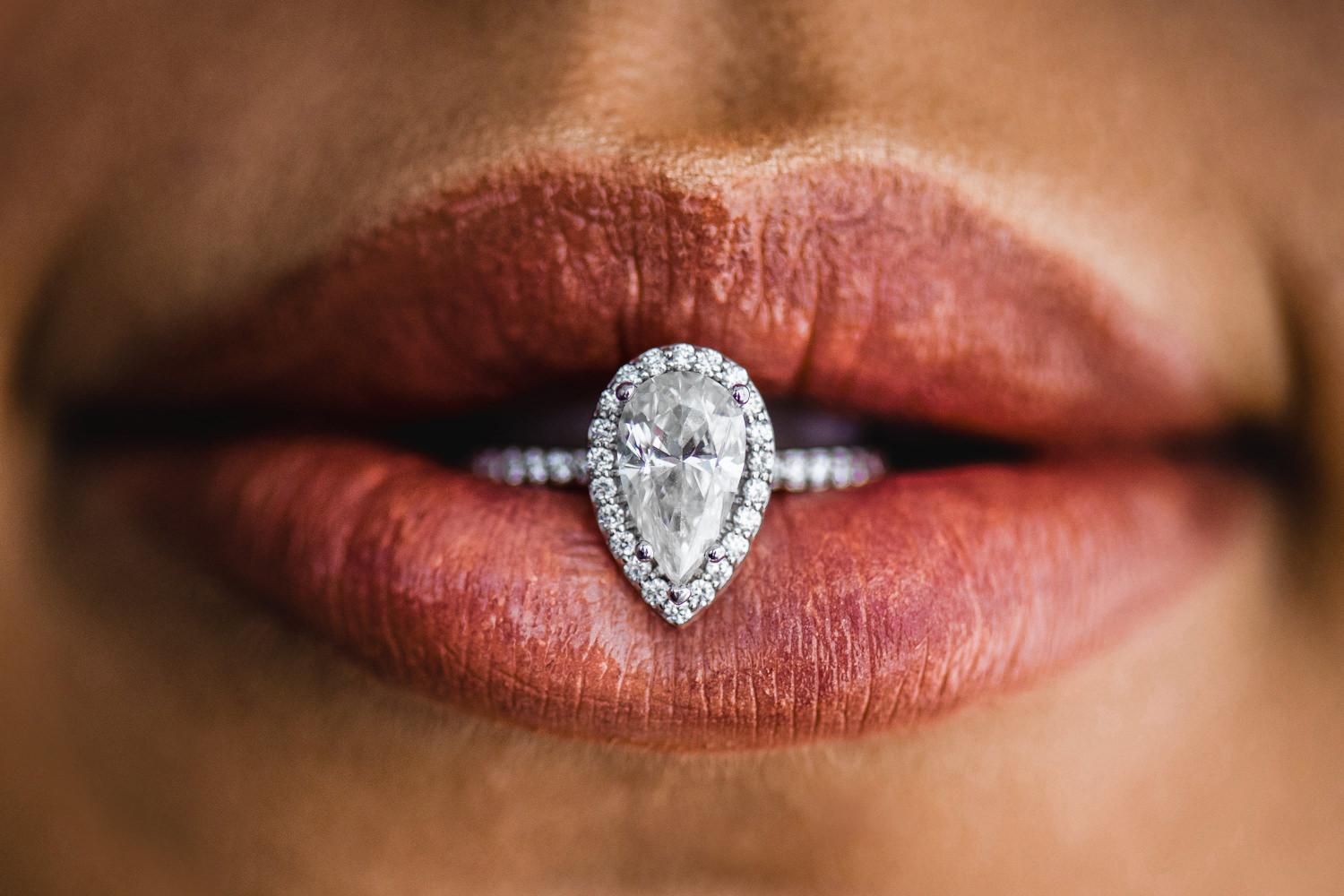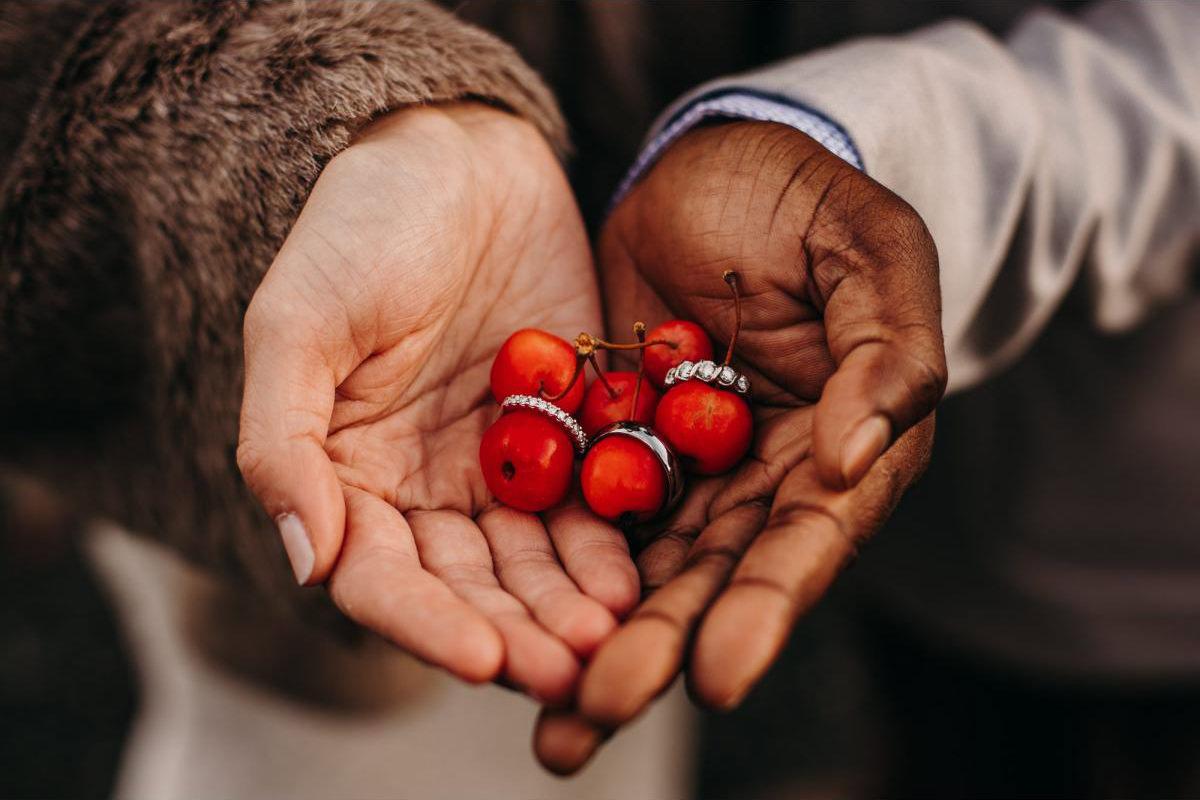It’s the most iconic symbol of marriage—but the story behind the wedding ring is more complex (and commercial) than you might think.
For something so small, the wedding ring carries enormous meaning. It’s a symbol of eternity, loyalty, and unbroken love—worn daily as a public sign of private commitment. But while the concept of rings in marriage goes back thousands of years, the diamond engagement ring as we know it is a relatively new invention—and one largely shaped by advertising.
Here’s how the wedding ring evolved from ancient ritual to status symbol, and how Canadian couples are redefining what it means today.

Ancient Circles: Eternal Love in Egypt and Rome
The idea of the wedding ring dates back more than 5,000 years to ancient Egypt, where circles symbolized eternity, unity, and the sun.
- Couples exchanged braided rings made from hemp, leather, or reeds.
- Egyptians believed the “vena amoris” (vein of love) ran directly from the fourth finger to the heart.
- The Romans adopted this tradition—but with a twist: rings began to symbolize ownership and legal control.
Roman rings were typically made of iron, later gold, and were more about status and fidelity guarantees than romance.
The Christianization of the Ring
As Christianity spread through Europe, the ring became part of church-sanctioned ceremonies. By the Middle Ages:
- The ring symbolized spiritual union and divine blessing, not just legal or social contracts.
- Rings were typically worn by women only—men didn’t begin wearing them widely until the 20th century.
- Religious inscriptions or symbolic engravings (like clasped hands) became popular.
In many ways, the ring became both a spiritual symbol and a physical contract—a way to “seal the deal” in the eyes of God and community.

The Diamond Era: De Beers and the Power of Advertising
Engagement rings weren’t always diamond—or expected. In fact, the diamond engagement ring is a 20th-century marketing invention.
- In the 1930s, De Beers launched an ad campaign in North America during the Great Depression to boost lagging diamond sales.
- The now-famous slogan “A Diamond is Forever” debuted in 1947.
- By the 1950s, diamond rings were the default engagement symbol, and ring spending became culturally linked to a man’s devotion.
It worked. The campaign created a social norm where love = diamond, and bigger = better.
Modern Canadian Couples: Breaking the Mold
While the diamond tradition is still strong, Canadian couples today are redefining what a ring looks like—and what it represents.
Trending alternatives include:
- Lab-grown diamonds: Ethically sourced, chemically identical, and more affordable
- Moissanite and sapphire: Unique, colourful, and lower cost
- No stones at all: Simple gold or platinum bands
- Wood, titanium, or handmade artisan rings that reflect personal values and lifestyle
- Tattooed rings or no rings at all for those who reject tradition
For many, the ring is no longer about status—it’s about intention.

Cultural Variations on Ring Traditions
Different cultures approach rings in different ways:
- In some Eastern European countries, the ring is worn on the right hand.
- In many Muslim weddings, rings are exchanged but not required for the religious ceremony.
- In Jewish ceremonies, a plain gold band (no stones) is often used for its symbolism of simplicity and wholeness.
- In South Asian cultures, rings may be supplemented by other jewelry, like bangles or toe rings, as marital symbols.
Canada’s multicultural landscape means many of these customs appear at weddings across the country.
Through the Photographer’s Lens
The ring shot is a classic—and for good reason.
- Macro shots of rings show craftsmanship and sentiment.
- Photos of the ring being placed on the finger are highly emotional moments.
- Some couples even include heirloom rings or ring boxes with personal stories, giving photographers a chance to capture meaning beyond the metal.
It’s not just a piece of jewelry. It’s a marker of time, tradition, and personal identity.

Related Reading in the History of Weddings Series:
- The History of Wedding Vows
- The History of the Wedding Dress
- The History of Wedding Symbols and Colours
- The History of Wedding Superstitions and Rituals
Continue Planning Your Wedding
Ready to dive into the details? How to Find the Perfect Wedding Photographer: The Ultimate Guide to Making the Right Choice